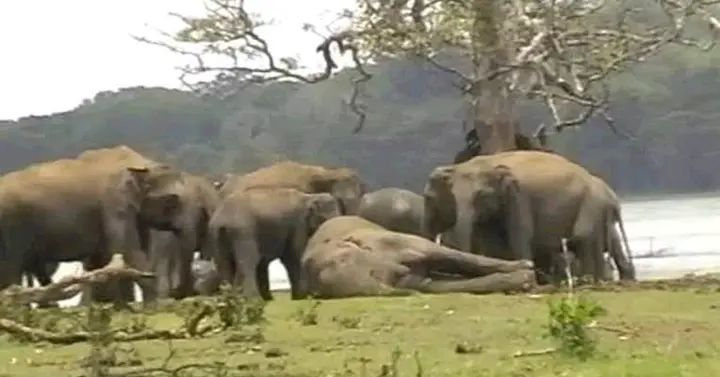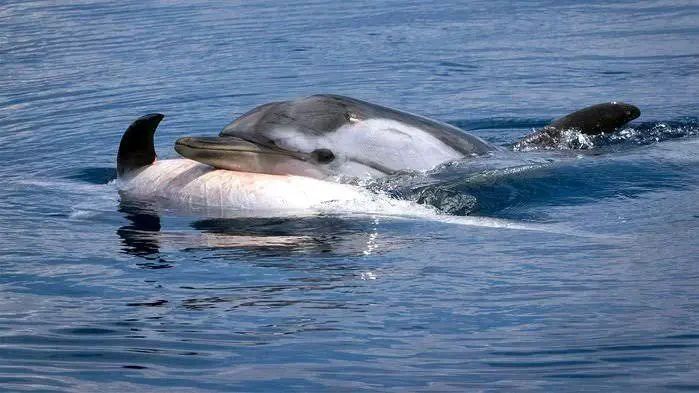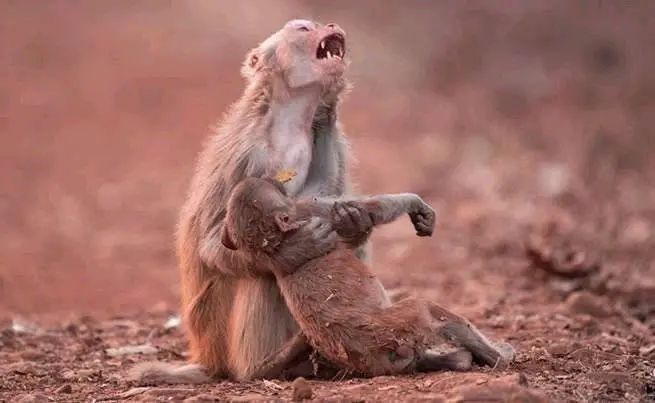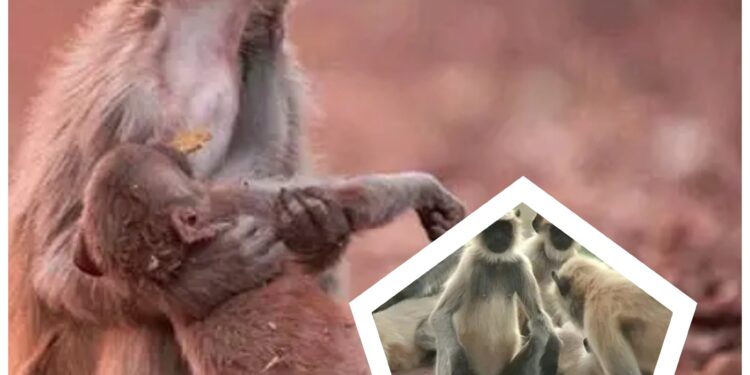
There is a common misconception that the emotions and behaviors exhibited by animals are vastly different from those of human beings. However, recent scientific studies have shown that animals are capable of experiencing complex emotions, including grief and mourning. In fact, there are several species of animals that mourn the death of their loved ones and even engage in burial-like practices, making them seem more similar to us than we might have thought.
1. Elephants:
Elephants are known for their strong social bonds and incredible intelligence. When a member of an elephant herd dies, the other elephants exhibit behaviors that resemble mourning. They will gently touch and caress the departed one’s body using their trunks, and they have been observed to stay with the deceased for hours or even days. Some elephants will even cover the body with branches or leaves in a way that resembles burial.

2. Dolphins:
Dolphins are highly social and sentient creatures that have been observed showing mourning behaviors. When a dolphin dies, their pod members may gather around the body, nudging and pushing it gently as if attempting to revive it. These mourning rituals can last for several hours or even days, highlighting the strong emotional attachment dolphins have to their companions.


3. Primates:
Various primate species, such as chimpanzees and gorillas, have demonstrated grieving behaviors. These highly intelligent animals will often visit the body of a deceased individual, behavior that seems to signify a sense of loss and sadness. Some primates have even been observed gently laying leaves or grass over the bodies, which could be seen as a crude form of burial.


4. Wolves:
Wolves are known for their close-knit pack structures, and when a member of the pack passes away, others will gather around the body, nuzzling and howling mournfully. This reinforces the idea that wolves have the ability to feel grief and loss, similar to humans.
5. Birds:
Certain bird species have been observed engaging in mourning rituals as well. For example, crows have been seen gathering around the body of a deceased crow and emitting a series of calls that are noticeably different from their usual vocalizations. This behavior is believed to serve as both a way of notifying others about the loss and as a means of grieving together as a group.
While these accounts of animals mourning and burying their dead are fascinating, it is important to note that their behaviors may still be different from human burial practices. The interpretation of these actions can be subjective, and we can’t truly understand their emotional experiences. However, these observations suggest that animals possess more complex emotions than we may have previously believed, showcasing the similarities between us and the animal kingdom.
In conclusion, the mourning and burial-like behaviors displayed by animals when faced with the loss of a loved one blur the line between human and animal emotions. The grief and mourning process seems to be ingrained in many species, emphasizing the remarkable emotional capacities that exist within the animal kingdom. These findings remind us that animals are not so different from us after all, as they too experience the pain and loss associated with death.











